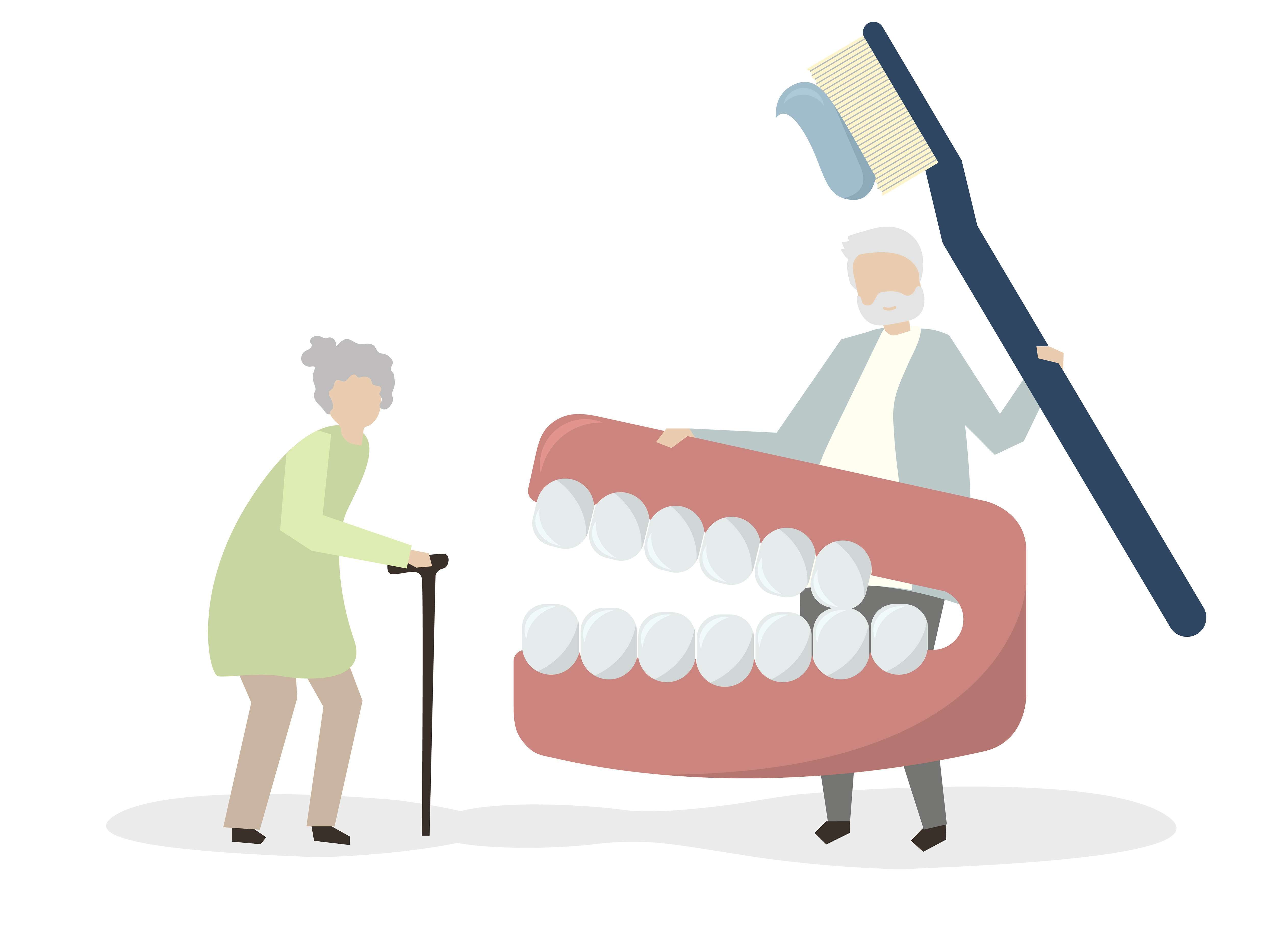Millions of individuals around the globe, especially as they grow older, are affected by cataracts, a prevalent eye condition. Gaining insight into the origins, manifestations, and therapeutic strategies for cataracts is vital for sustaining optimal eye health and enhancing the quality of life.
Origins of Cataracts
The clouding of the eye’s lens, resulting in blurred vision and other visual disruptions, characterizes cataracts. Although aging and the natural deterioration of the lens over time are frequently linked to the precise cause of cataracts, additional risk factors include:
- Ultraviolet (UV) Radiation: Extended exposure to UV radiation from sunlight can play a role in the formation of cataracts.
- Medical Conditions: The likelihood of developing cataracts may be heightened by specific health issues such as diabetes, hypertension, and obesity.
- Smoking and Alcohol Consumption: An elevated risk of cataract development has been associated with smoking and excessive alcohol intake.
- Genetics: Individuals with a family history of cataracts might be predisposed to developing the condition at a younger age.
Manifestations of Cataracts
The indications of cataracts can differ based on the condition’s severity. Typical symptoms encompass:
Cloudy or Blurred Vision: Cataracts can result in vision that is hazy or unclear, complicating clear sight, particularly at night.
- Sensitivity to Light: Those afflicted with cataracts might encounter heightened sensitivity to light and glare, especially in bright sunlight or while driving at night.
- Fading Colors: Individuals with cataracts may perceive colors as less vibrant or faded.
- Difficulty Seeing at Night: Cataracts can render vision in low-light settings challenging, leading to difficulties in driving or navigating dimly lit environments.
When Is Surgery Required?
In the initial phases, cataracts might not considerably affect vision and can frequently be handled with corrective lenses. Nevertheless, as cataracts advance and start to impede daily activities and quality of life, surgery could be advised. Cataract surgery entails extracting the clouded lens and substituting it with an artificial lens implant.
Criteria for cataract surgery encompass:
- Pronounced Vision Impairment: Surgical intervention may be required if cataracts are markedly affecting vision and interfering with daily tasks like reading, driving, or watching television.
- Elevated Risk of Falls or Accidents: Cataracts can heighten the risk of falls or accidents, particularly among older adults, rendering surgery a viable choice to enhance safety and mobility.
- Challenges with Daily Activities: Consideration for surgery may be warranted if vision impairment is complicating tasks such as cooking, cleaning, or personal grooming.
Conclusion
Cataracts, a prevalent age-associated eye condition, can markedly influence vision and quality of life if not addressed. Acquiring knowledge about the causes, symptoms, and treatment alternatives for cataracts is imperative for prompt diagnosis and management. Should you or a loved one be encountering symptoms of cataracts, seek consultation with an eye care specialist for a thorough eye examination and tailored treatment strategy.





